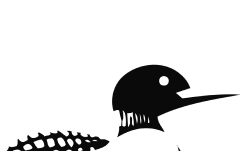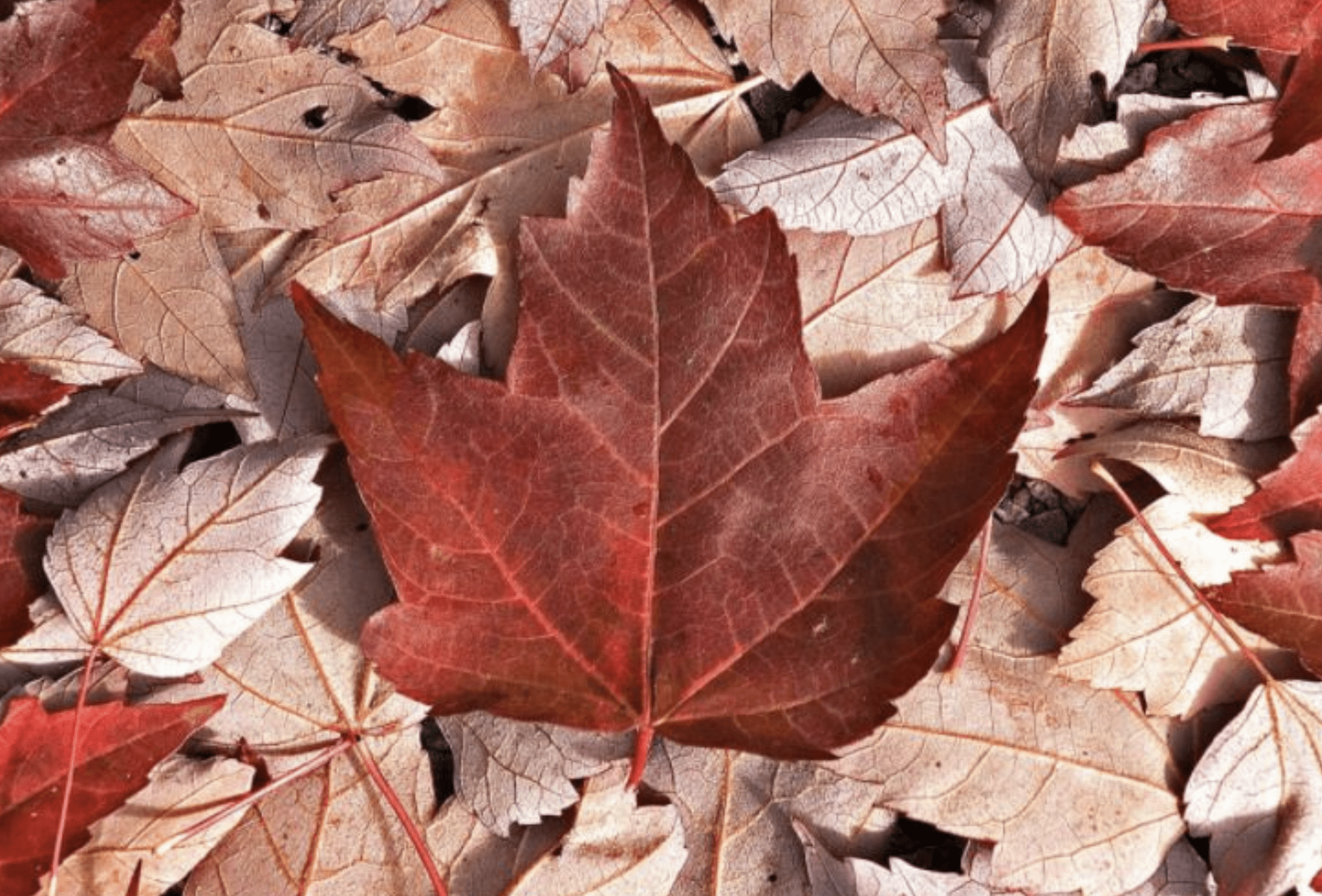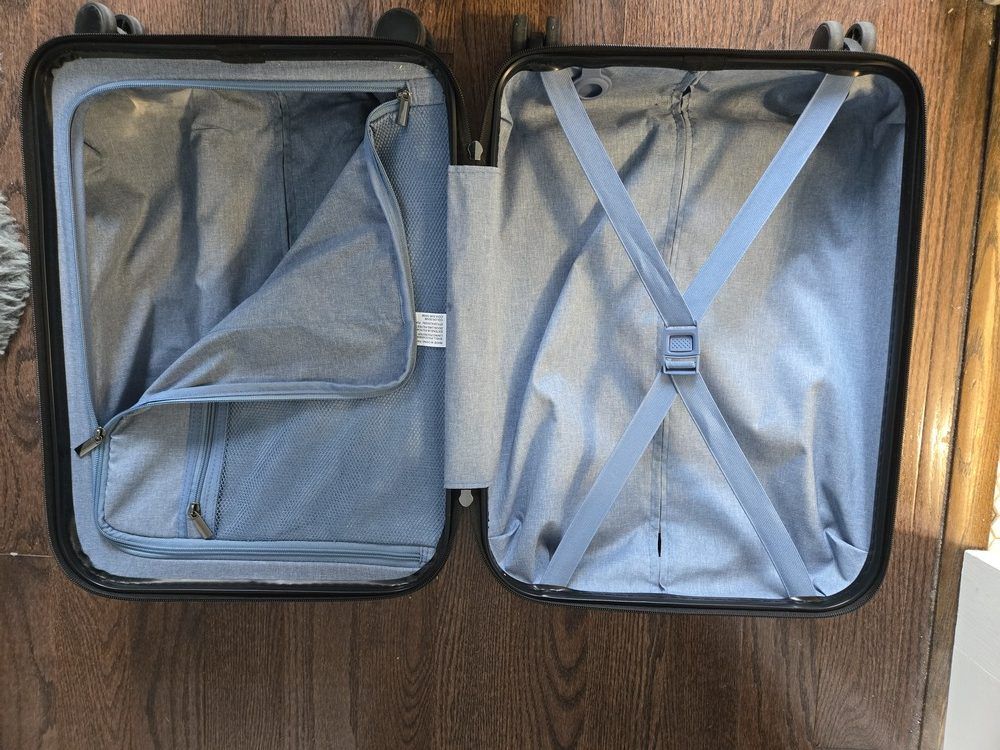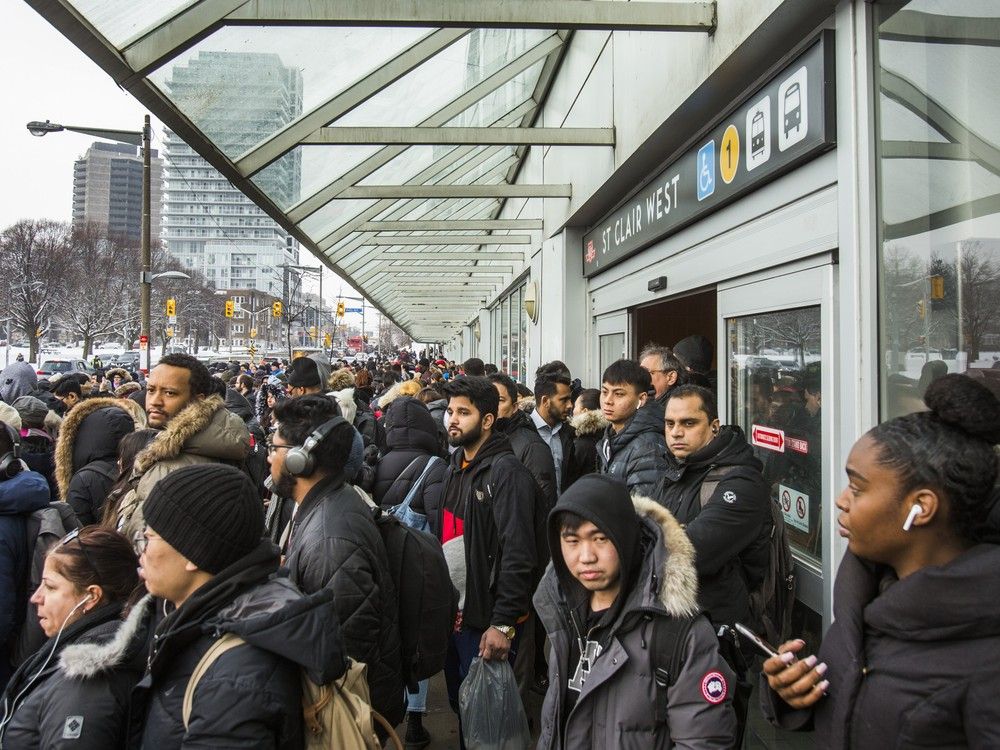
Matthew Miller recently had the “very unpleasant experience” of getting infected with influenza A. “Oddly enough, as someone who has spent their whole life studying flu, this was the first time that I know for sure it was a flu infection by virtue of a diagnostic test,” said Miller, who holds a Canada Research Chair in viral pandemics at McMaster University in Hamilton.
Miller got infected two days post-abdominal surgery. “Coughing after having abdominal surgery is no good to begin with. On top of that, I was really non-functional.”
He experienced fever, muscle aches. “I didn’t have energy to do even simple things, like email.”
Because the rapid response test he had could only determine if it was influenza A or B, via nose and throat swabs, Miller doesn’t know for certain that he was hit with the mutated strain of influenza A H3N2 called subclade K, which some have dubbed with the unscientific term “super flu.” But it’s likely, given the proportion of infections caused by that virus, now the dominant strain in a flu season that has hit early and hard.
F
lu activity for the week ending Dec. 13 was “high and increasing,” according to the Public Health Agency of Canada’s
most recent report
. Overall, 27.7 percent of tests were positive, “similar to the highest value recorded in the past three seasons.” (The percentage of tests positive for COVID was stable. Positive tests for RSV — respiratory syncytial virus — were increasing slowly but below expected levels.)
Doctors are reporting emergency departments “rammed with flu cases” and the rate of weekly flu-related hospitalizations is increasing rapidly, the federal health agency reported, with the highest rates in adults 65 and older and children aged four and under.
Miller is a big believer in balanced messaging. “I think this year has posed some unique challenges,” he said, partly due to an earlier-than-normal start and a mismatch with this year’s flu vaccine.
How worrisome is it? The National Post spoke with Miller, scientific director of the Michael G. DeGroote Institute for Infectious Disease Research, and
Dr. Jesse Papenburg, a pediatric infectious diseases specialist at the Montreal Children’s Hospital, to break things down. The interviews have been edited for clarity and brevity.
What is so different about subclade K and is it as bad as some people are making it sound?
Papenburg: We won’t know for sure until we hit the peak and then we’ll be able to better assess the impact of the season. (He expects the season will peak around New Year’s Day.) But there are a few things that do distinguish this season. It started relatively early and that did mean that there were some people who intended to get vaccinated but just hadn’t been able to get around to it. It’s remarkable that, even though the influenza seasons tend to have a steeple-shaped epidemic curve, this one is very sharp. Rates have been rising quite precipitously these past few weeks. What is also remarkable is how hard the school-age group has been hit in terms of attack rates, or the number of infections. In Quebec and Ontario, school-aged kids have a roughly 60 per cent (test) positivity right now. Overall, at the peak of influenza season, it’s usually somewhere between 25 and 40 per cent.”
Miller: Certainly, in Ontario the flu season has been earlier than we often see by about a month or so. In general, H3N2 tends to cause more severe infections. Often in the years where H3N2 is dominant, which appears to be the case this year, we do see more severe cases, more hospitalizations. And those, often, tend to be more common in elderly populations, because they tend to be at high risk for severe illness all the time. There have been a lot of reports of really busy children’s hospitals. Unlike COVID-19, children are at higher risk of flu. Especially children between birth and four years old. They can be at very high risk of severe flu infections.
What gives this variant a “transmission fitness advantage”?
Miller: The mutations in this particular virus are mutations at sites where our antibodies tend to recognize the virus. When our antibodies (from past infections or vaccines) have a harder time recognizing the virus, the virus has an easier time replicating in our bodies. There’s more of it in our bodies and then, as a result, the more you are able to transmit the virus when you talk or cough or sneeze — all the things that shoot the virus into the air or immobilize it on surfaces, which are the main ways we get infected with flu.
Papenburg: This subclade is substantially different from what it has evolved from. And, unfortunately, there was evolution from the time that the WHO (World Health Organization) had to make recommendations for what strains should be included in the vaccine. The choices need to be made in February to give vaccine manufacturers sufficient time to produce and distribute millions upon millions of vaccine doses to the Northern Hemisphere. (Canadian researchers
were the first to report
that a new variant with “immune escape potential” emerged at the tail end of the Southern Hemisphere’s flu season.) For the genetic analyses, we suspected this change would lead to the virus evading not just immunity produced by the vaccine, but it also makes the virus quite different from the H3N2 viruses that have circulated recently. This evolution is partly one of the reasons we see such high levels of transmission.
Is it any more virulent? Does it cause the same illness and symptoms?
Miller: There’s nothing to suggest that the illness is inherently different. I’m not aware of any data at this point to suggest that the overall severity on the population level is massively different from what we see in other H3N2-dominated years.
Papenburg: The proportion requiring hospitalization remains the same. But it’s also a numbers game: Due to the high number of infections, I expect that we’re going to see a lot more hospitalizations to come.
Is it still worth getting a flu shot?
Papenburg: Absolutely it’s worth it, and it’s not too late. We don’t yet know how well the flu shot will work in the field. We suspect it’s not going to be as good as we’d like. But there is one study out of the UK — they had a very early season so they were able to accrue cases to do a very early analysis — and they reported the vaccine was 60 to 70 per cent effective in children at reducing the risk of emergency department visits or hospitalizations. In adults, it was 30 to 40 per cent effective. My point here is there’s not zero protection. That is for sure. The vaccine does protect. People who are at higher risk of complications, if you reduce your risk by 30 per cent, that’s still a third less chance of something very bad happening to you.”
Miller: My colleague Mark Loeb and I published a paper this year where we specifically looked to see whether, in cases where people got a flu shot but got infected anyway, does the shot offer any benefits relative to someone who gets infected and didn’t have the flu shot. We looked at every paper that’s ever been published on this topic and, very reassuringly, it’s extraordinarily consistent: there is a big reduction in what we would consider severe outcomes, things like hospitalizations or ICU admissions or death in cases where people still get infected even after getting the flu shot. Even in years where there is a (vaccine) mismatch, there’s still significant reductions in the severity of illness that happens.
How do you know if it’s the flu, COVID or a cold?
Miller: Fever is the big thing with flu that people underestimate. As soon as your body temperature elevates even a couple of degrees, it really impacts how well you can function, and that is very different from other common cold-type viral infections that circulate this time of year.
Papenburg: The classic symptoms of influenza are sudden onset high fever, usually with a cough. You can have sore throat and muscle aches and fatigue. COVID can also cause that, but there is so much more flu right now than anything else. If you have that influenza-like illness, that constellation of fever, sore throat, cough and fatigue and muscle aches it’s very likely you have the flu.
When do people need to seek medical attention?
Papenburg: That will vary a bit by age and how vulnerable you are, medically. So, babies during their first three months of life, any fever can be a serious infection, and you should seek medical attention. With older children, we’re looking more at things like fast breathing, difficulty breathing, lethargy, so really low levels of energy, even in between fever bouts, and dehydration — dry mouth, dry lips, decreased urine output and just wilting like a flower that hasn’t been given any water. With older adults, it tends to be complications of underlying medical illnesses they have, so worsening of a heart condition, worsening of an underlying respiratory condition.
How it it treated?
Papenburg: Most people who get influenza infection don’t need to get tested. If they are otherwise healthy and don’t have any danger signs, most don’t need to be treated. But we do have antivirals that are specific to influenza. When we recommend them to be used, they’re best used early in the disease, the first 48 hours. People who are at very high risk or who are getting progressively worse disease, that might be an indication for antiviral treatment.
National Post
Our website is the place for the latest breaking news, exclusive scoops, longreads and provocative commentary. Please bookmark nationalpost.com and sign up for our daily newsletter, Posted, here.
